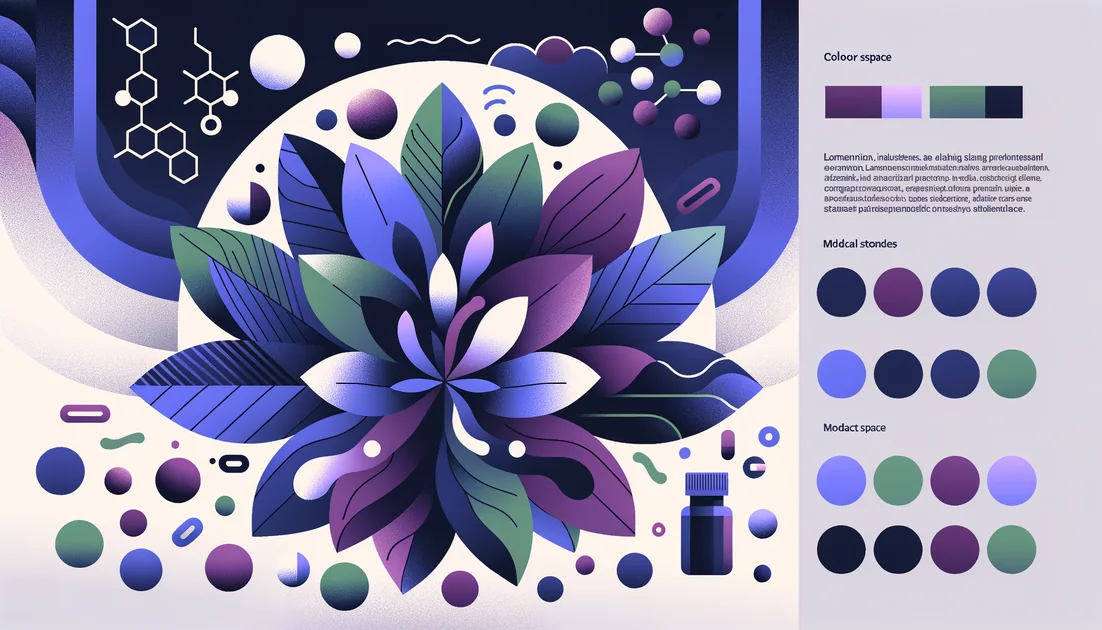
The Yellow Flower Behind the Red Curtain: What Rhodiola Really Teaches Us About Stress, Stamina, and Subtlety
A sealed research city in Siberia. Sleep-deprived cadets. Cosmonauts orbiting in tin can silence. The herb that kept surfacing in their logbooks wasn't caffeine—it was a rose-scented root from the Arctic: rhodiola. Soviet scientists whispered that it could keep you alert without the crash, a plant that trained the body to ride stress instead of breaking under it.[1]
- Evidence
- Promising
- Immediate Effect
- Yes (mild) within hours to days in some studies → 2–6 weeks
- Wears Off
- Often within 1–2 weeks after stopping
From Soviet secret to supermarket shelf
Long before Western wellness blogs caught on, rhodiola was brewed in Siberian kitchens, sipped by Vikings before raids, and tucked into the kits of high-latitude workers. The Soviets classified it as an "adaptogen"—a plant meant to help the body shoulder stress—with stories of soldiers staying sharp during sleep-deprivation tests and cosmonauts in better moods after weeks in cramped space modules. Psychiatrist Patricia Gerbarg called its effect "stimulating without the crash," and exercise scientist Eric Noreen recalled participants who seemed unusually upbeat on "Rhodi."[1]
What modern trials actually show
When researchers left the folklore behind and ran controlled trials, the picture became more nuanced. A Swedish phase III trial using the standardized extract SHR-5 (576 mg/day for 28 days) in people with stress-related fatigue found improvements in attention and burnout measures versus placebo, along with a blunted morning cortisol surge—the body's "get up and go" signal. In plain terms: some participants focused better and felt less wrung-out, with signs their internal stress alarm wasn't blaring as loudly.[2] But rhodiola can also disappoint. In a six-week study of nursing students on rotating shifts, those taking rhodiola actually did worse on fatigue scales than the placebo group—an uncomfortable reminder that context matters and that not all stress is the same.[3] A 2012 systematic review tried to stack the evidence and reached a cautious verdict: too many small, inconsistent trials to pool cleanly, with hints of benefit but methods that made firm conclusions slippery. Translation: interesting signals, uneven science.[4]
Mood, motivation, and the human scale
In depression, rhodiola's story is one of modest light rather than blazing sun. In a head-to-head trial against sertraline (Zoloft) for mild to moderate major depression, sertraline edged out rhodiola on symptom relief, but rhodiola caused fewer side effects—raising the possibility that for some, a gentler if weaker option could be part of the conversation.[5] And in 2020, adding rhodiola to sertraline in a 12-week randomized trial led to greater drops in depression scores than sertraline alone at the higher rhodiola dose—suggesting a supporting role, though it's only one study and needs replication.[6]
The paradox that explains the mixed results
Rhodiola often follows a bell-shaped curve: too little does little; a middle range seems to help; too much can cancel the benefit. Biologists call this hormesis—the idea that small challenges coach our defenses while big ones overwhelm them. Reviews catalog this biphasic pattern across cell and animal work and tie it to longevity and neuroprotection endpoints. In animals, for example, low doses shortened barbiturate sleep (more alert), while very high doses lengthened it (more sedated). In humans, that could mean the right dose sharpens, while overshooting feels flat.[7]
Performance: sparks, not fireworks
Single-dose studies in fatigued young physicians and sleep-deprived cadets reported quicker thinking and less mental wear, with no clear advantage from taking more. Think of it as nudging your brain's pacing, not turning on a turbo.[8][9] Newer work in strength athletes under "mental-fatigue" conditions found no difference versus placebo on feeling tired or on most cognitive measures, but a small bump in early-set rep counts—a spark, not a blaze.[10]
Quality matters more than you think
Here's an unglamorous twist: not all "rhodiola" is the same plant. True Rhodiola rosea carries marker compounds called rosavins alongside salidroside. Investigators testing commercial products found that about one in five lacked rosavin entirely, and many others were diluted with different Rhodiola species—sometimes even laced with unrelated actives. That's like buying "Arabica coffee" and getting chicory with a dash of caffeine. Look for products standardized to about 3% rosavins and 1% salidroside, ideally with third-party testing.[11][12]
Tradition, translated for today
Europe's medicines regulator recognizes rhodiola as a traditional remedy for short-term stress symptoms like fatigue and weakness—but on tradition, not on rock-solid clinical proof. Their advice is practical: adults can use it for temporary relief, but seek medical guidance if you're using it longer than two weeks continuously. That neatly mirrors the herb's history—use during hard stretches, then reassess.[13]
Two expert voices that humanize the data
Psychiatrist Patricia Gerbarg, who sifted Soviet archives, summarized rhodiola's feel as "stimulating..without [a] crash," capturing why stressed workers and athletes reached for it in the first place.[1]
Researcher Alexander Panossian has described adaptogens like rhodiola as a kind of "stress-vaccine"—not a cure-all, but a trainer that rehearses the body's stress response so it's less jumpy when life gets loud.[1][14]
Safety: the part where honesty serves you best
Short-term studies generally find rhodiola well tolerated, with occasional dry mouth or dizziness. Still, rare red flags exist. A case report described tremor and restlessness—consistent with serotonin toxicity—when rhodiola was added to paroxetine (an SSRI). Another report linked rhodiola to a manic episode. If you're on antidepressants or have a history of bipolar disorder, involve your clinician, and avoid "more is better" dosing. This is a finesse herb.[15][16][17]
How to work with the grain of the evidence
Aim for a standardized extract (often labeled SHR-5–like ratios) around 200–400 mg once daily, mornings or early afternoon to avoid sleep disruption. Start low; give it 1–2 weeks to judge day-to-day stamina and focus. In studies of fatigue, some of the biggest perceived improvements showed up by week one, with further gains by week eight—if it's helping, you'll usually feel the nudge early.[2][3][11]
Use it for demanding periods, then cycle off. If you plan to take it longer than two weeks straight for stress-fatigue relief, follow EMA's lead and check in with a professional.[13]
Don't expect it to fix shift-work exhaustion or major depression on its own. Evidence there is mixed or modest; think adjunct, not anchor.[3][5][6] If rhodiola has a lesson, it's that resilience is rarely about blasting harder. It's about tuning—finding the middle of the curve where you feel steady under load. That's what the cadets, cosmonauts, and lab volunteers were all, in their own ways, chasing. And why, decades after those Siberian nights, this Arctic root still has a seat at the table—quietly training the system that trains you.
Key takeaways
- •Rhodiola's appeal is "stimulating without the crash," shifting from Soviet field use to measured benefits in modern studies with a promising evidence level.
- •Trials are mixed: SHR-5 improved attention and burnout over 28 days, yet shift-working students saw worse fatigue; effects likely depend on context and dose.
- •For mood, rhodiola was less effective than sertraline in mild–moderate depression but better tolerated; as an add-on, higher-dose rhodiola plus sertraline outperformed sertraline alone in one trial.
- •Practical dosing: standardized extract ~200–400 mg once daily (around 3% rosavins/1% salidroside), taken in the morning or early afternoon; start low and titrate to the smallest helpful dose.
- •Best use cases: adults under short, stress-heavy workloads seeking steady focus and stamina; athletes looking for small, situational performance gains—never a substitute for sleep, nutrition, or training.
- •Cautions: involve your clinician if on SSRIs/SNRIs or with bipolar history; rare reports link rhodiola to serotonin toxicity and mania. Avoid late-day dosing if stimulation sensitive.
You might also like
Explore more of our evidence-led investigations, comparisons, and guides across every article style.
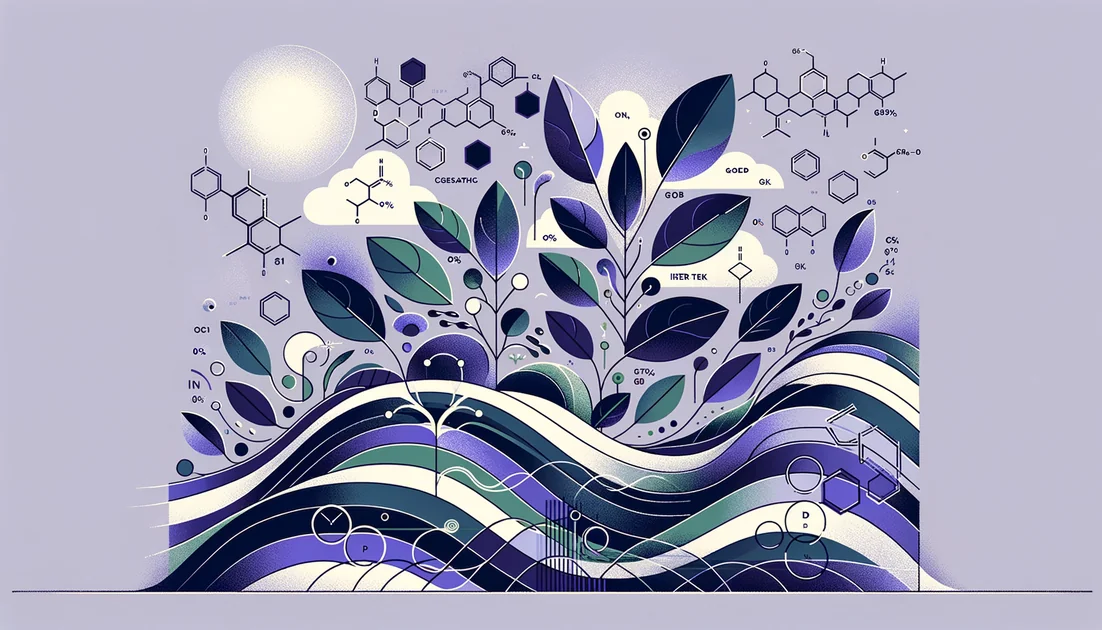
Protocol For Life Balance
Practitioner line with big-lab muscle—and a transparency gap

Collagen Peptides (Hydrolyzed) vs Bone Broth (Traditional/Commercial)
For targeted, measurable support (especially joints) choose collagen peptides. Pick bone broth for a warm, savory, light-protein drink—just don't count on it for clinically studied collagen doses. [1][2][3]
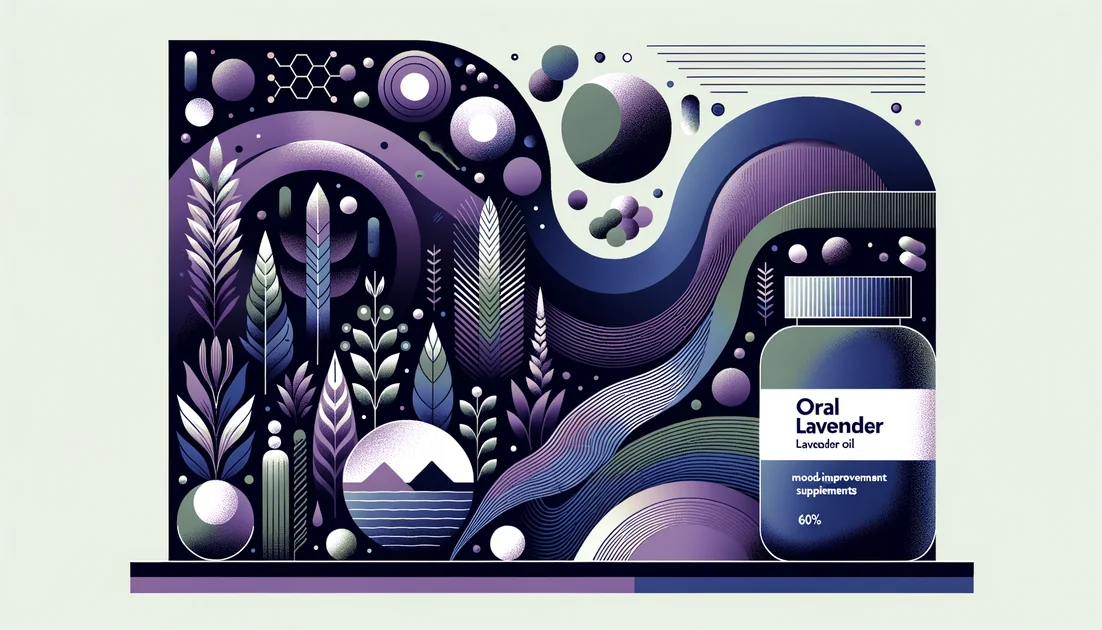
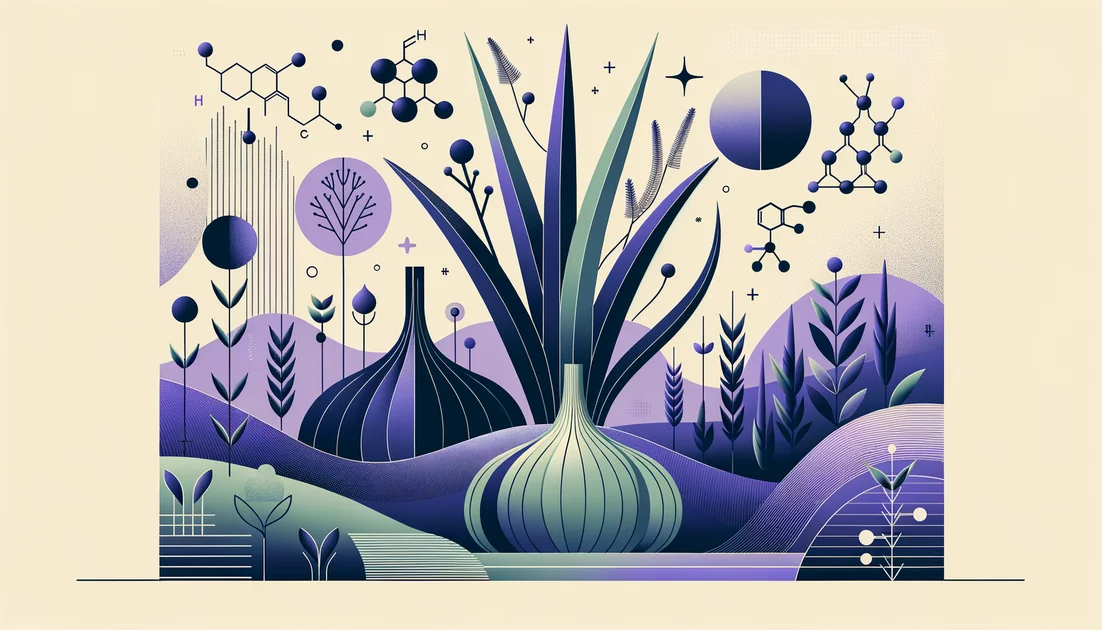
Garlic
The story begins in two rooms. In one, sunlight slants across limestone as Egyptian workers chew pungent cloves before hauling stones—garlic as fuel for the human engine. In the other, a quiet clinic room hums as a cuff tightens around a patient's arm; a capsule of aged garlic goes down with water, and numbers on a screen start to tell a subtler story.
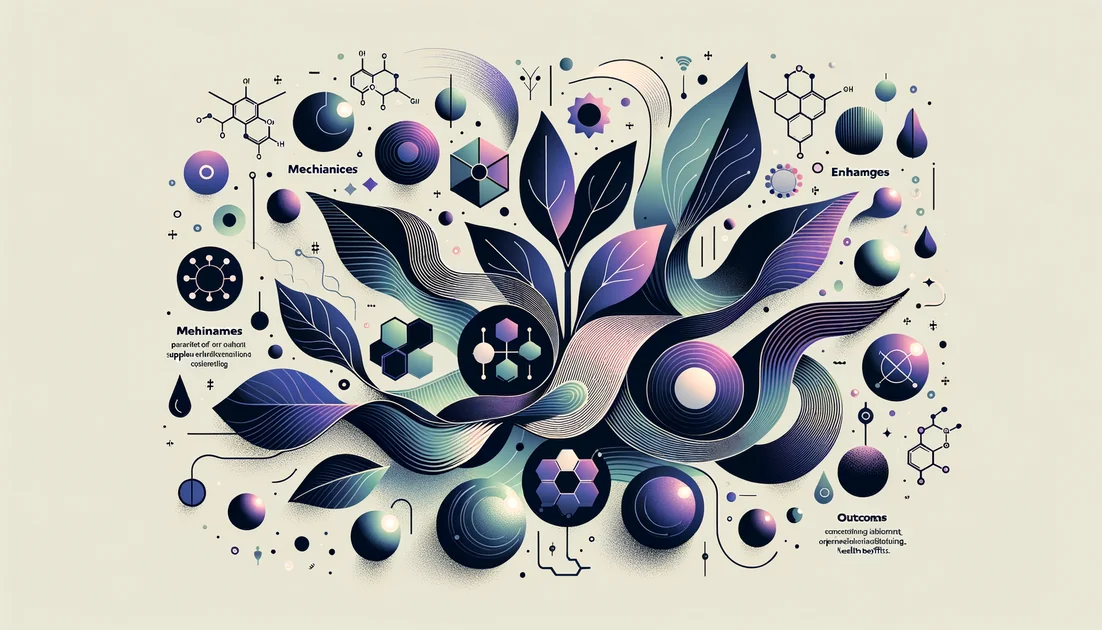

Tocotrienols
The stealthier cousins of vitamin E—built with springy tails that move differently in cell membranes and behave differently in your body.
